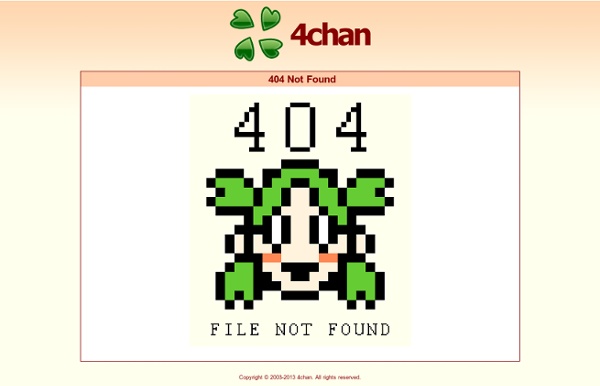



http://images.4channel.org/f/src/589217_scale_of_universe_enhanced.swf
Journomarketing of Neurobollocks Are you one of the few Anglophones who haven't yet heard about the frightening new fields of neuromarketing and neuroeconomics? Or that pop neuroscience is popular? Well thank god we have Steven Poole to set us straight! Your brain on pseudoscience: the rise of popular neurobollocksThe “neuroscience” shelves in bookshops are groaning. But are the works of authors such as Malcolm Gladwell and Jonah Lehrer just self-help books dressed up in a lab coat? Game Theory This article sketches the basic concepts of the theory of games in order to discuss some of their philosophical implications and problems. Consider the following situation: when two hunters set out to hunt a stag and lose track of each other in the process, each hunter has to make a decision. Either she continues according to plan, hoping that her partner does likewise (because she cannot bag a deer on her own), and together they catch the deer; or she goes for a hare instead, securing a prey that does not require her partner’s cooperation, and thus abandoning the common plan. Each hunter prefers a deer shared between them to a hare for herself alone.
What is the Higgs boson and why does it matter? - physics-math - 13 December 2011 Read full article Continue reading page |1|2 A version of this piece was originally commissioned by the Richard Dawkins Foundation for Science and Reason and also appears on their website RichardDawkins.net. Riusuke Fukahori Paints Three-Dimensional Goldfish Embedded in Layers of Resin First: watch the video. Japanese artist Riusuke Fukahori paints three-dimensional goldfish using a complex process of poured resin. The fish are painted meticulously, layer by layer, the sandwiched slices revealing slightly more about each creature, similar to the function of a 3D printer. I really enjoy the rich depth of the pieces and the optical illusion aspect, it’s such an odd process that results in something that’s both a painting and sculptural. Wonderful.
Three Car Lot: 1960 Vespa 400 Microcars For Sale 12/25/2008 Update: These Vespa cars sold for $7600 with 4 bidders. From 12/23/2008: Two of these three Vespa microcars include engines but none of them are running. ld fusion: smoke and mirrors, or raising a head of steam? A lot has been happening in the world of cold fusion, or Low Energy Nuclear Reactions (LENR) since our last update. Andrea Rossi, who claims to have a working commercial cold fusion reactor, finally released a report with seemingly independent scientific confirmation of the reaction in his device. This was quickly followed by news of a major investor dropping out because of a failed test. Meanwhile, more conventional scientists are pressing forward with LENR development, and some big-name companies are taking an interest. The weekend of 7 and 8 September saw a conference in Zurich on Rossi's reactor, known as the E-Cat. The conference mainly preached to the converted, attended by licensees who market E-Cat technology in different regions, like E-Cat Australia and Hydrofusion in the UK.
Remote Associates Test 1From RAT, Form 1 of Mednick & Mednick (1967).2From Bowers, Regehr, Balthazard, & Parker (1990).3Modified from Bowers et al.(1990). A conceptually similar set of items is found in the Compound Word Problems devised by Bowden and his colleagues for their studies of insight problem-solving (Bowden & Jung-Beeman, 2003). In CWPs, a triad of words is presented each of which can form a compound word or a two-word phrase with a single solution word. An example is french, car, shoe to which the solution is, of course
Fundamental Fysiks Group David Kaiser argues, in How the Hippies Saved Physics: Science, Counterculture, and the Quantum Revival (2011), that the group's meetings and papers helped to nurture the ideas in quantum physics that came to form the basis of quantum information science.[2] Two reviewers wrote that Kaiser may have exaggerated the group's influence on the future of physics research, though one of them, Silvan Schweber, wrote that some of the group's contributions are easy to identify, such as Clauser's experimental evidence for non-locality attracting a share of the Wolf Prize in 2010, and the publication of Capra's The Tao of Physics (1975) and Zukav's The Dancing Wu Li Masters (1979) attracting the interest of a wider audience.[3] Kaiser writes that the group were "very smart and very playful," discussing quantum mysticism and becoming local celebrities in the Bay Area's counterculture. Research[edit] Bell's theorem and no-cloning theorem[edit] Remote viewing[edit]